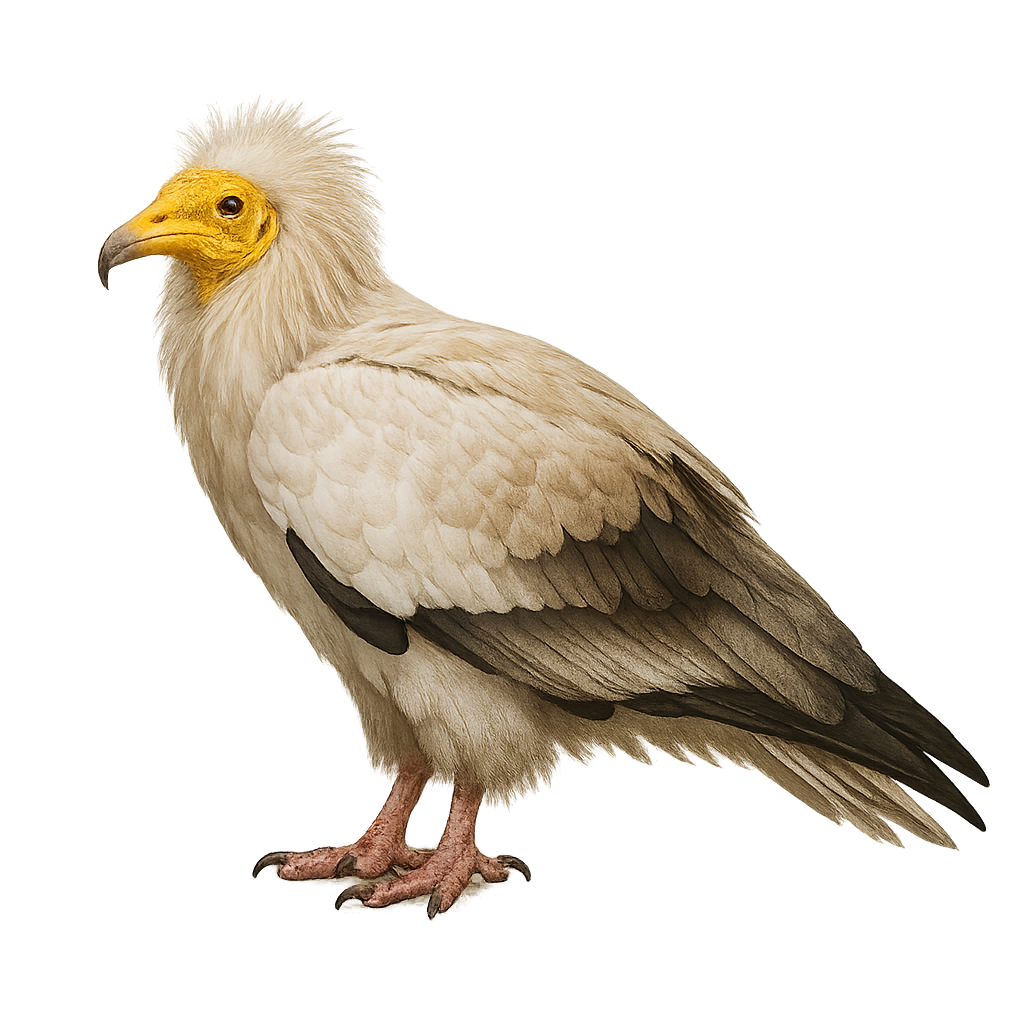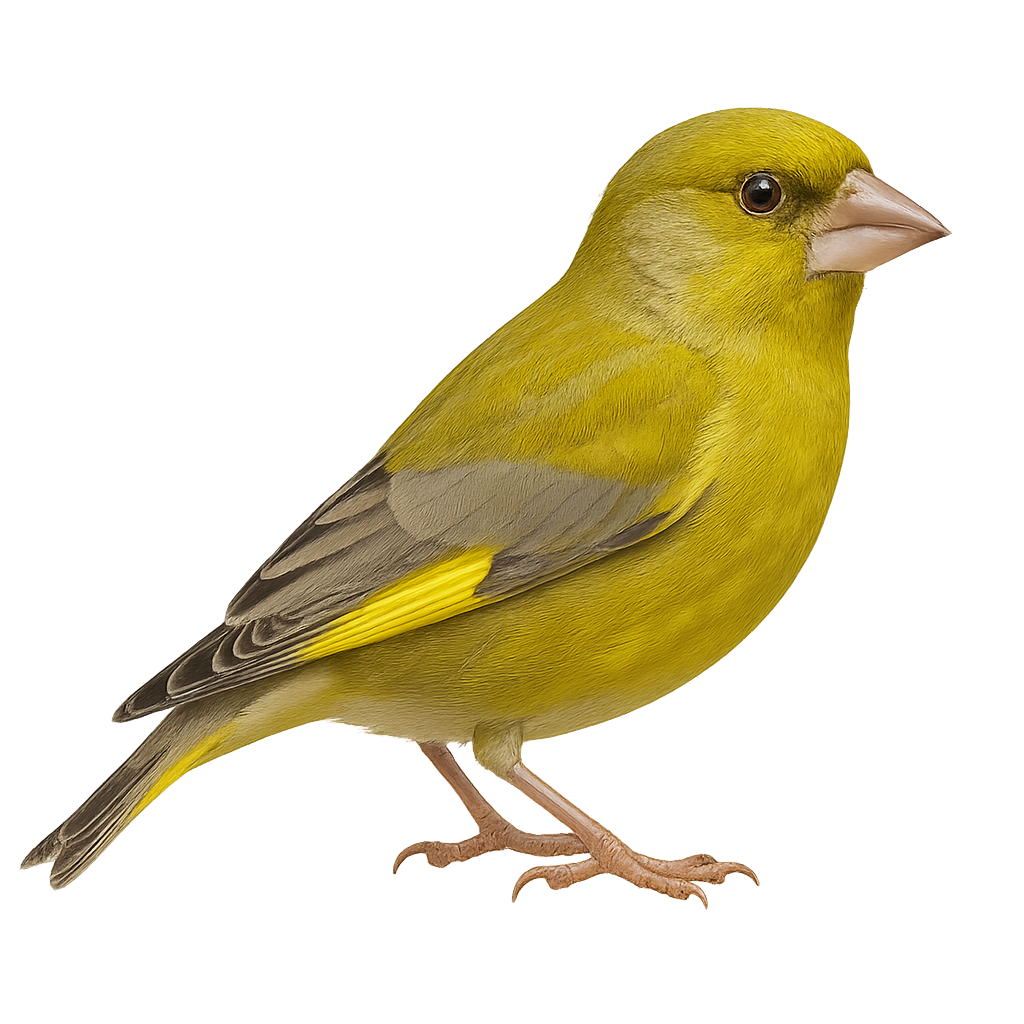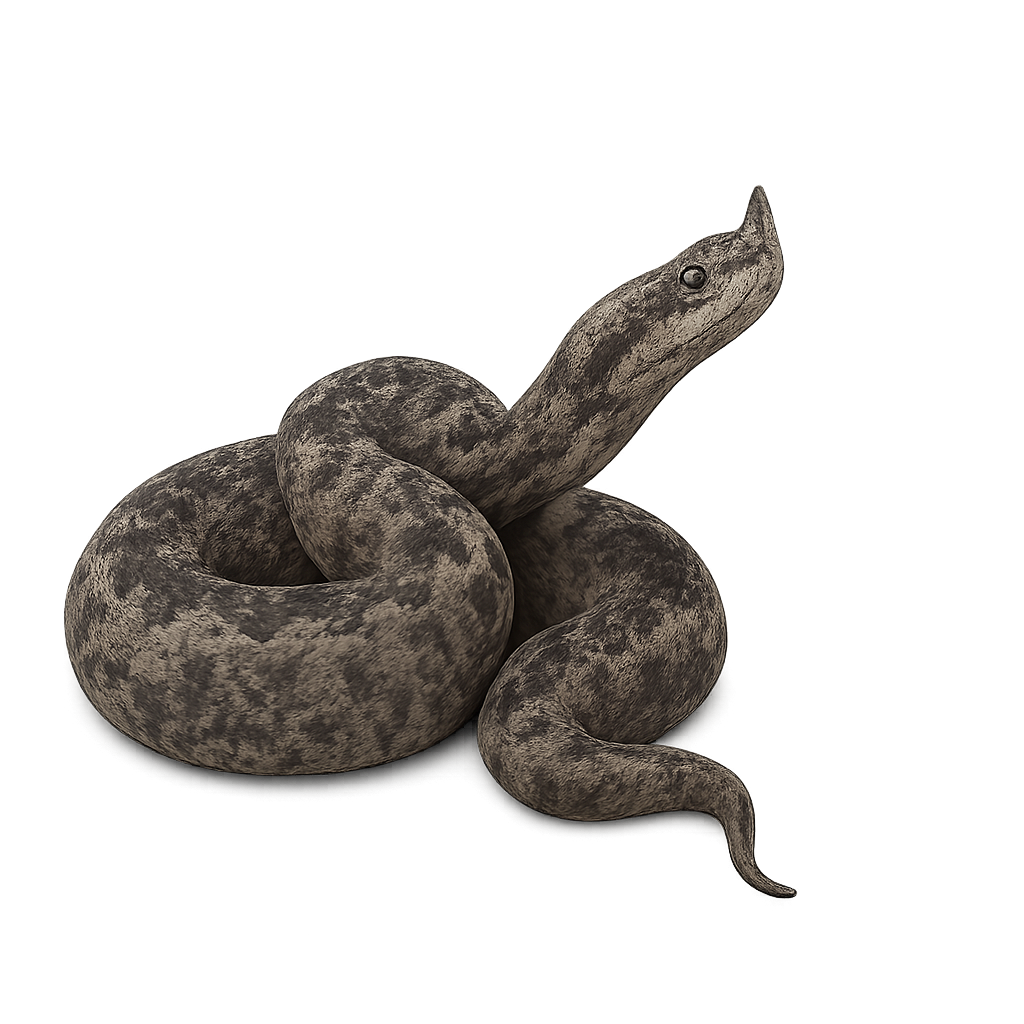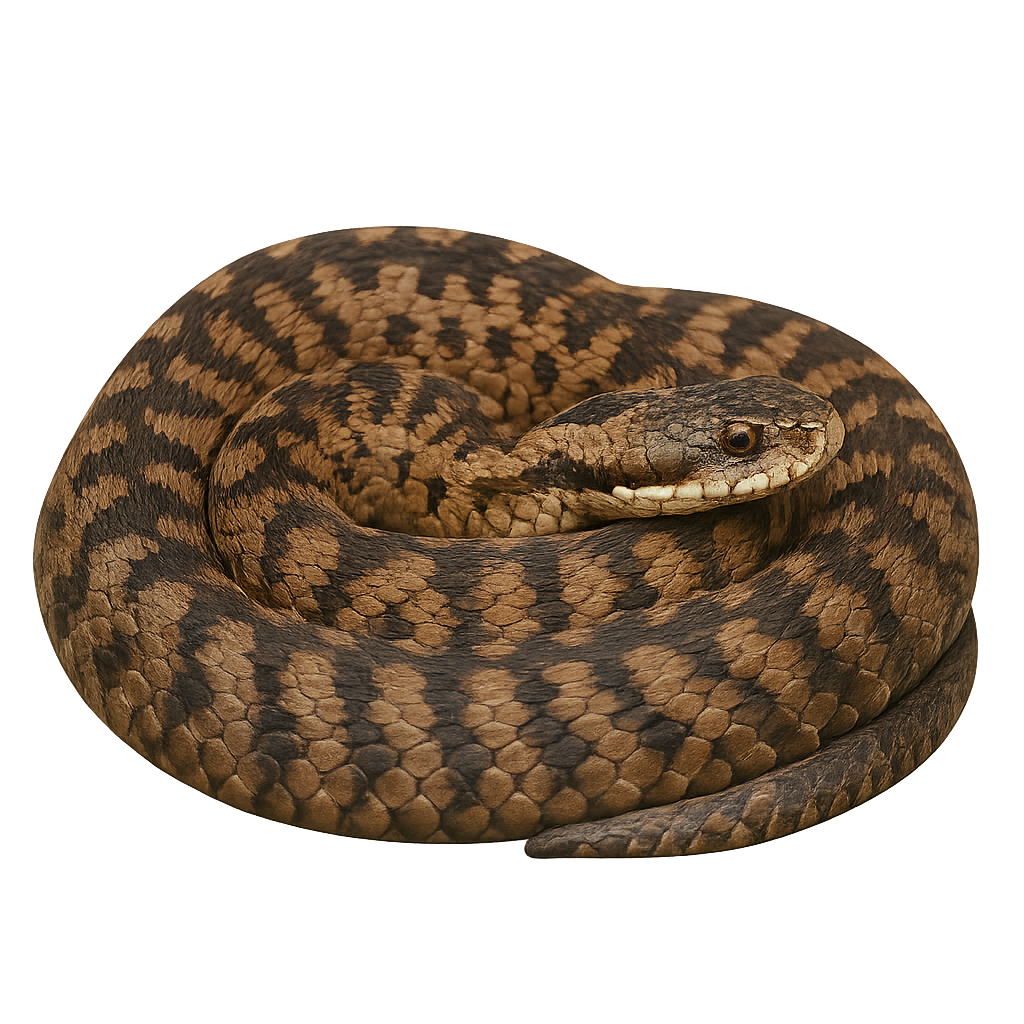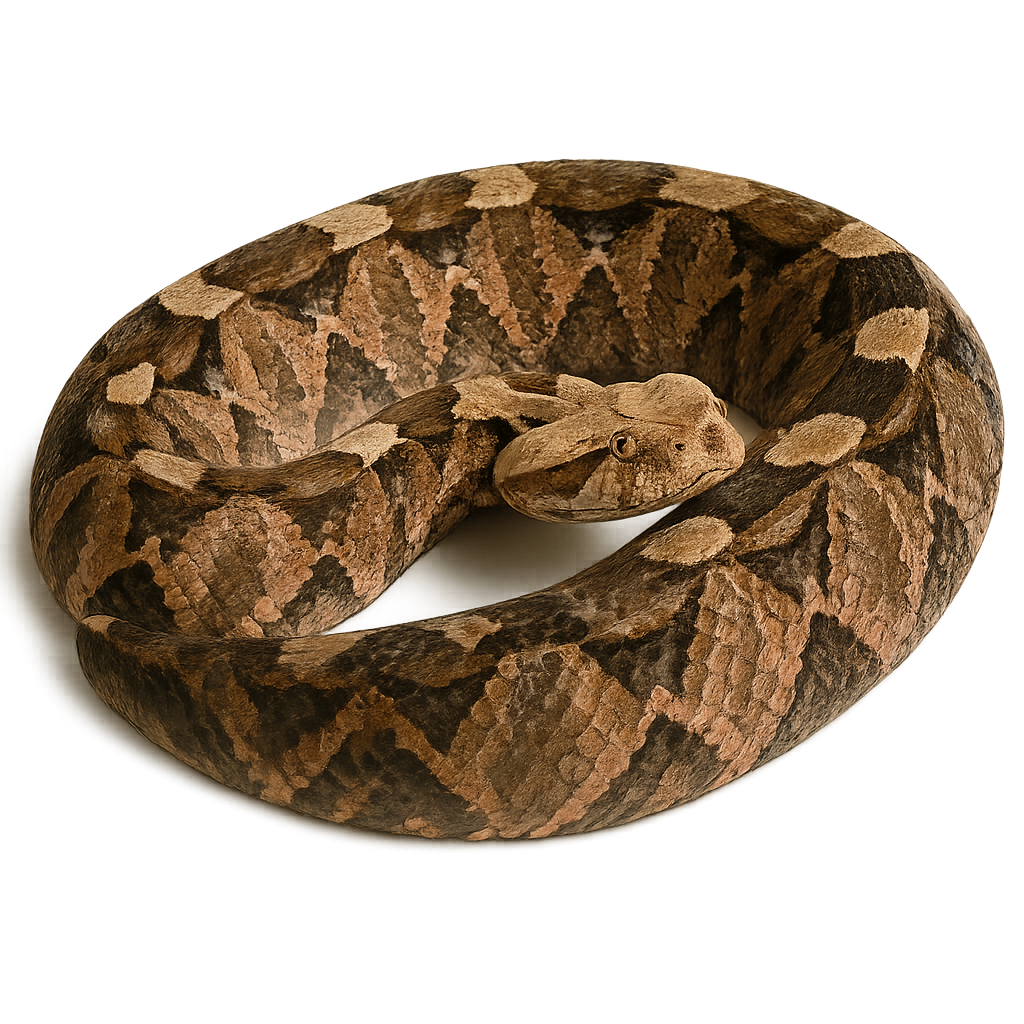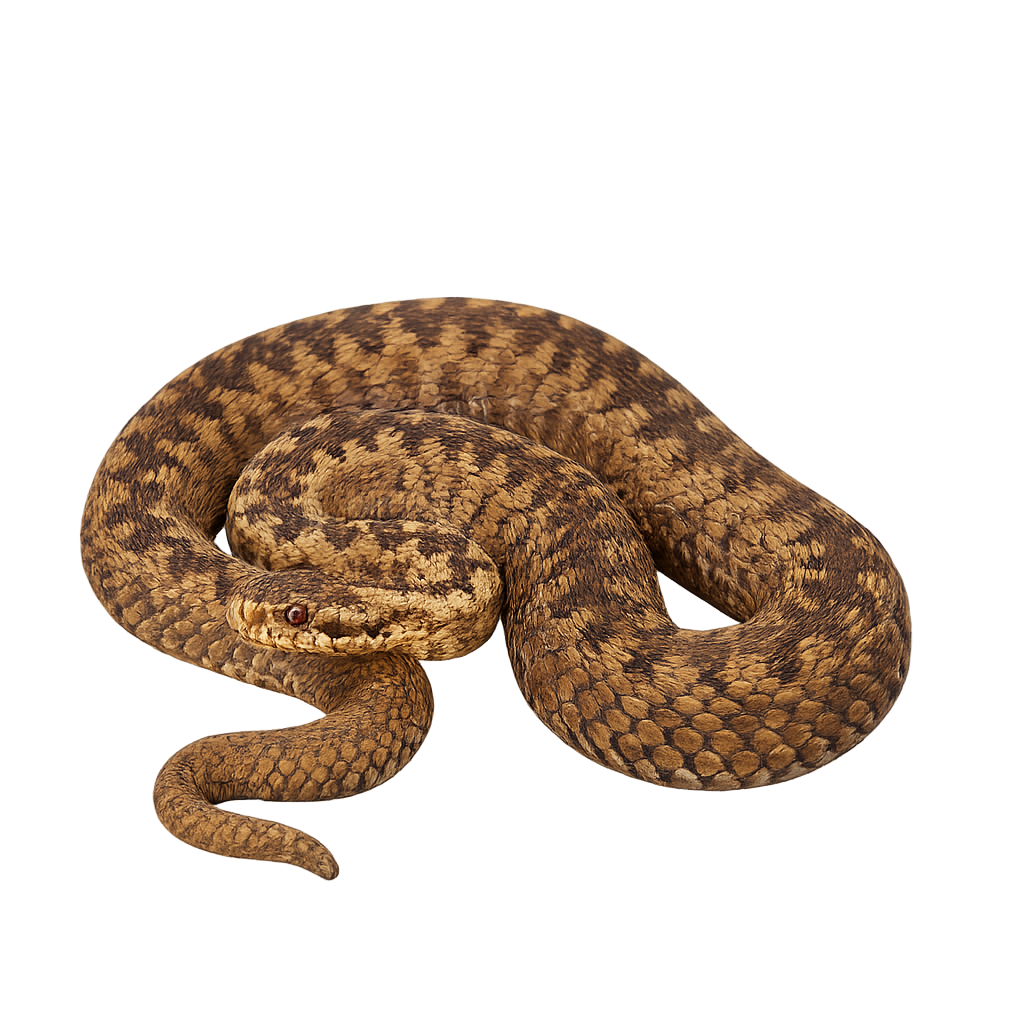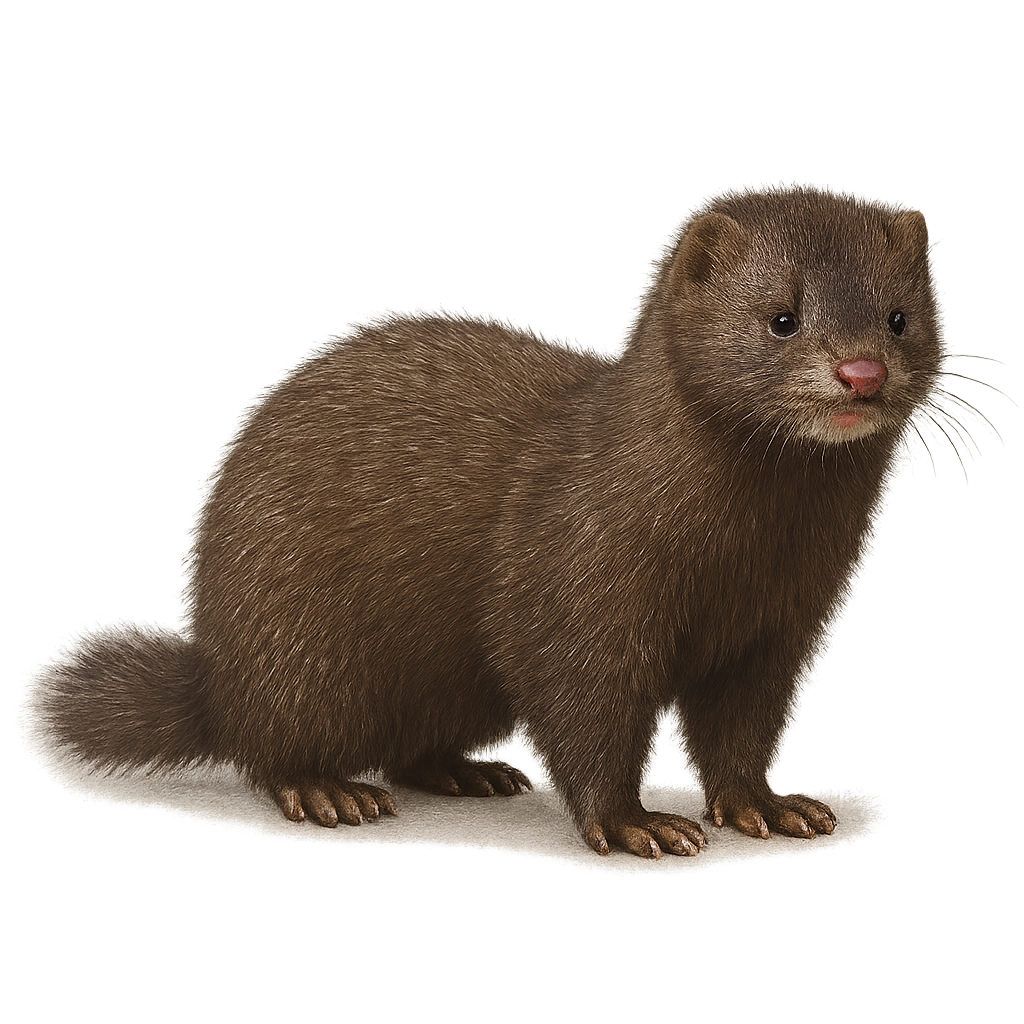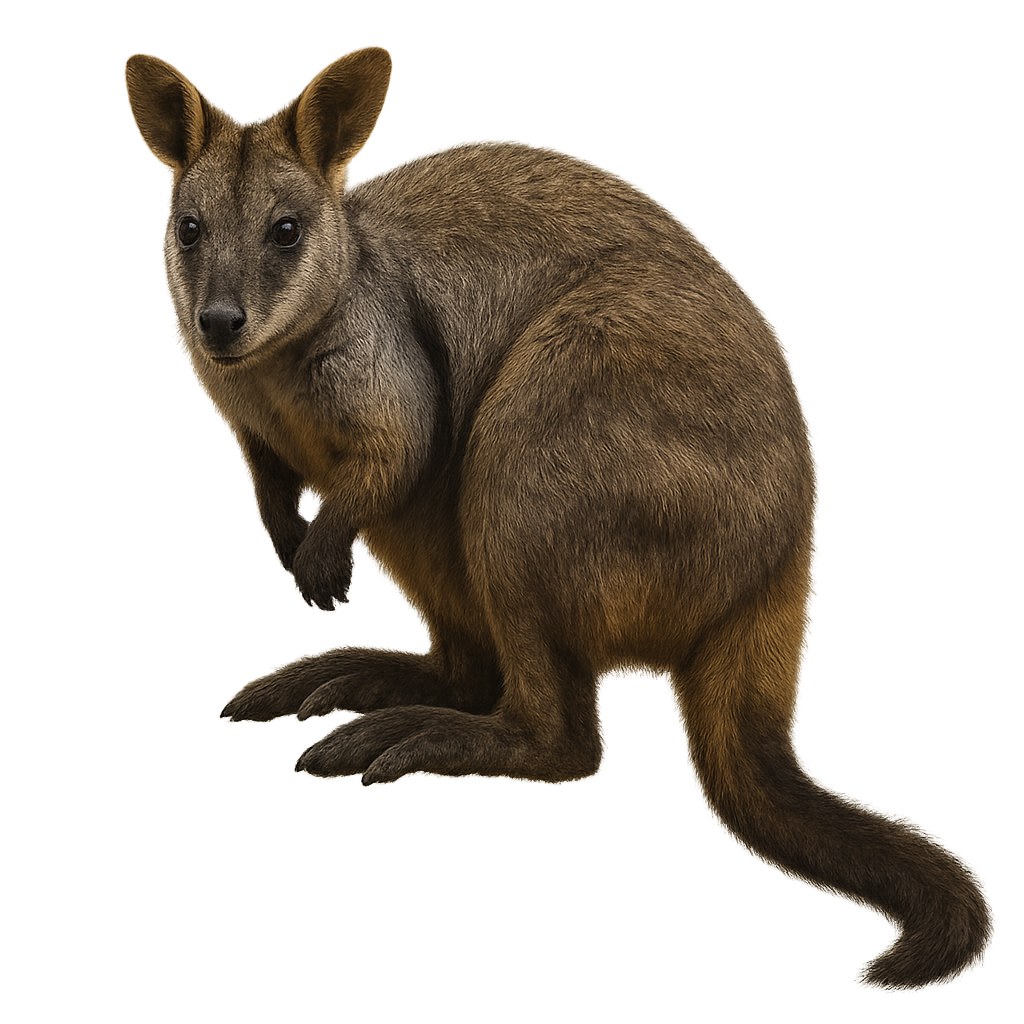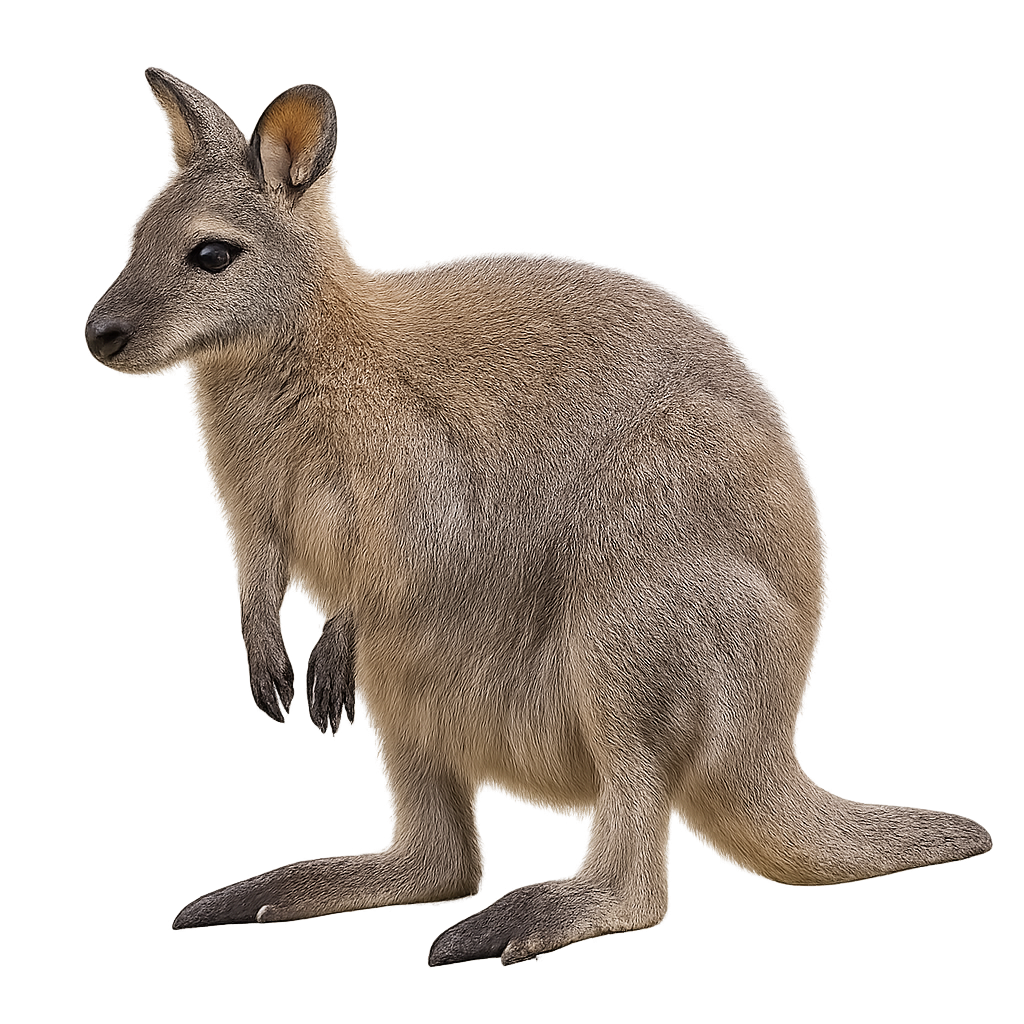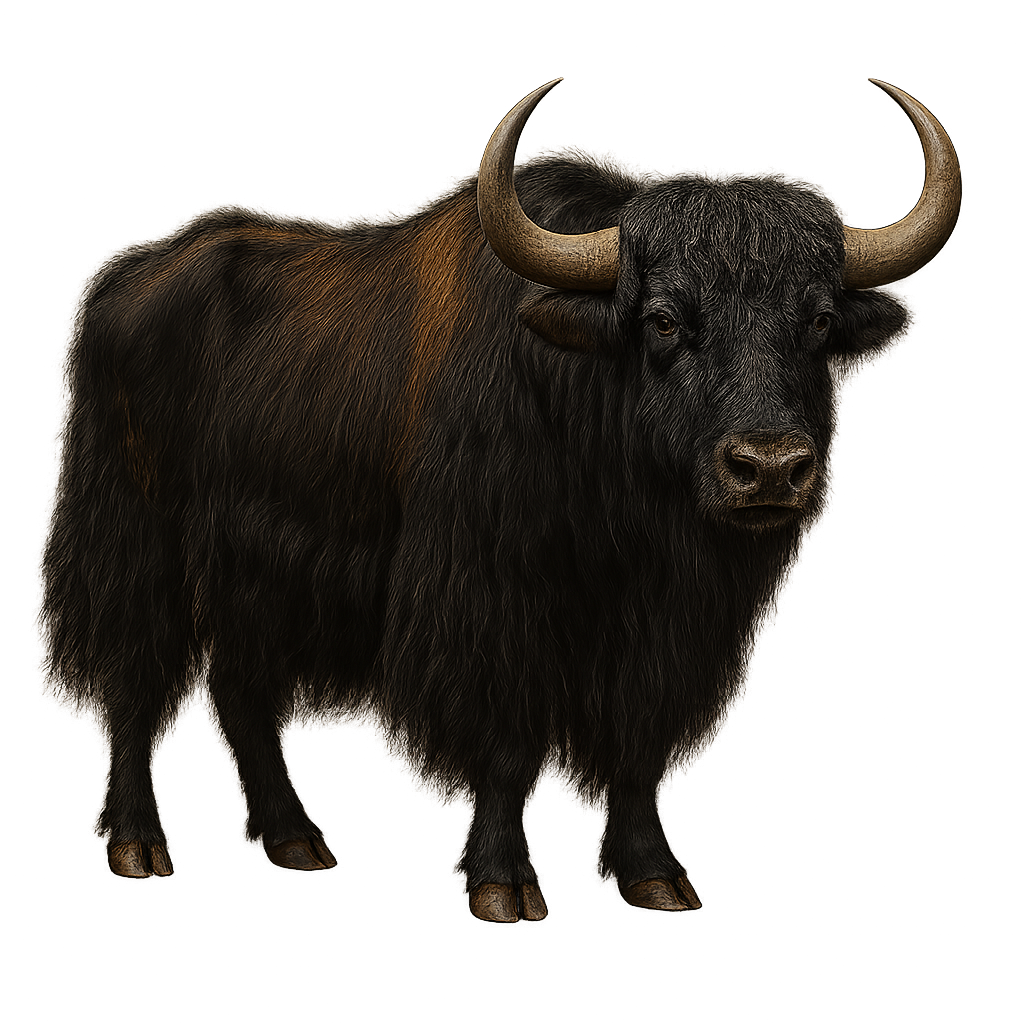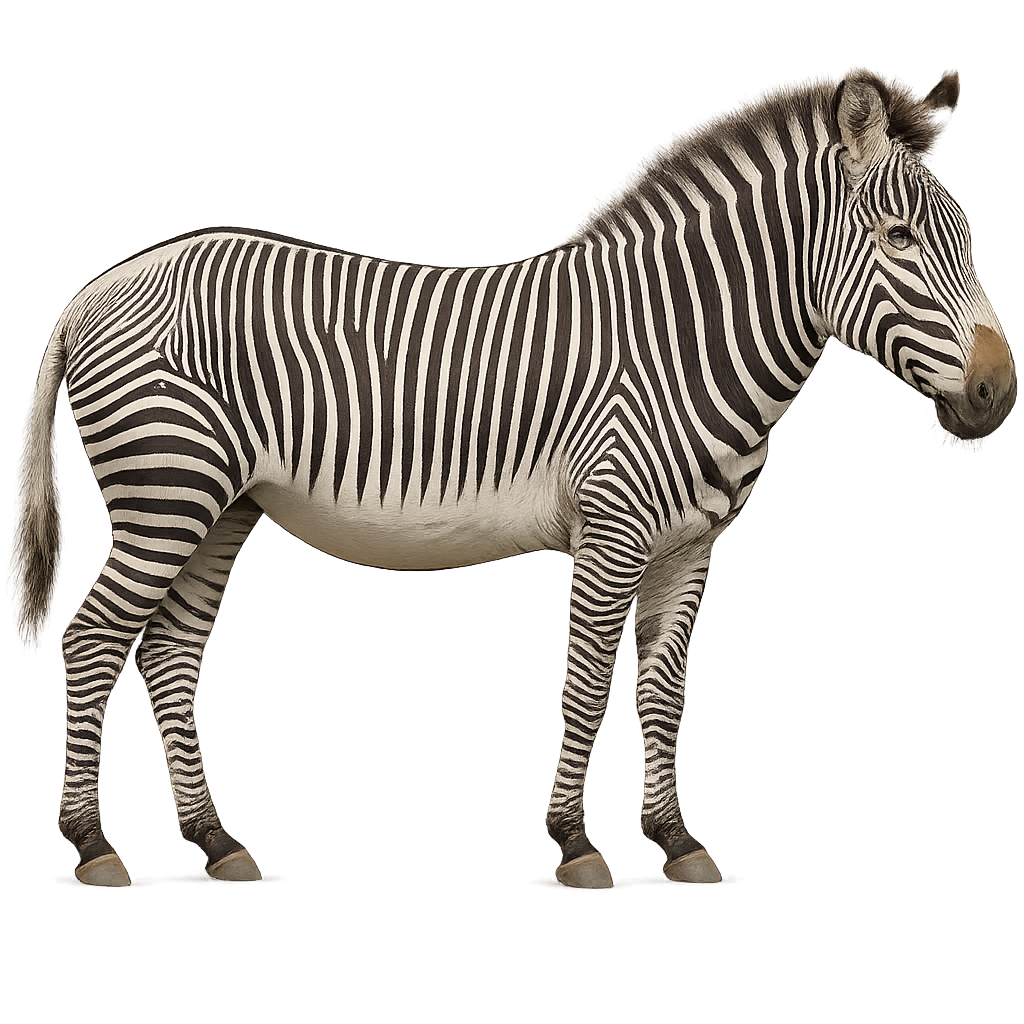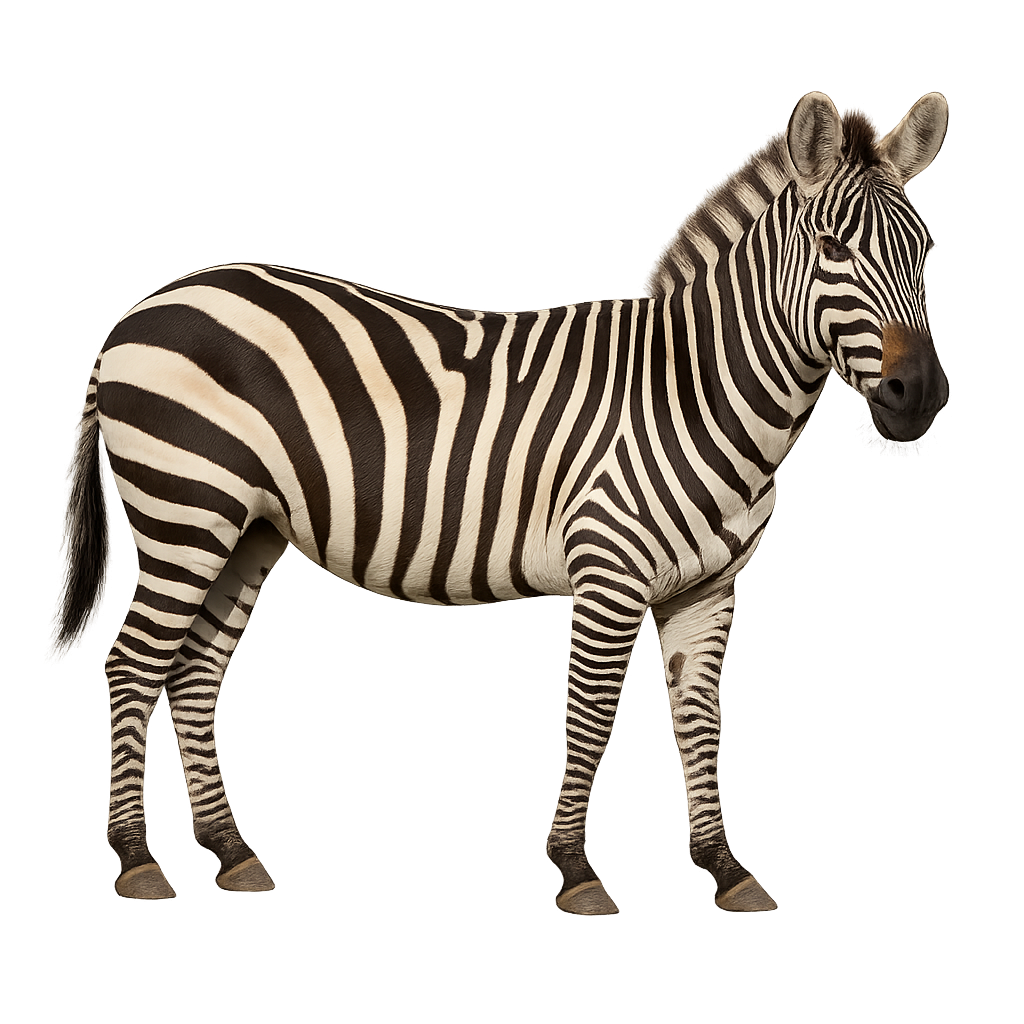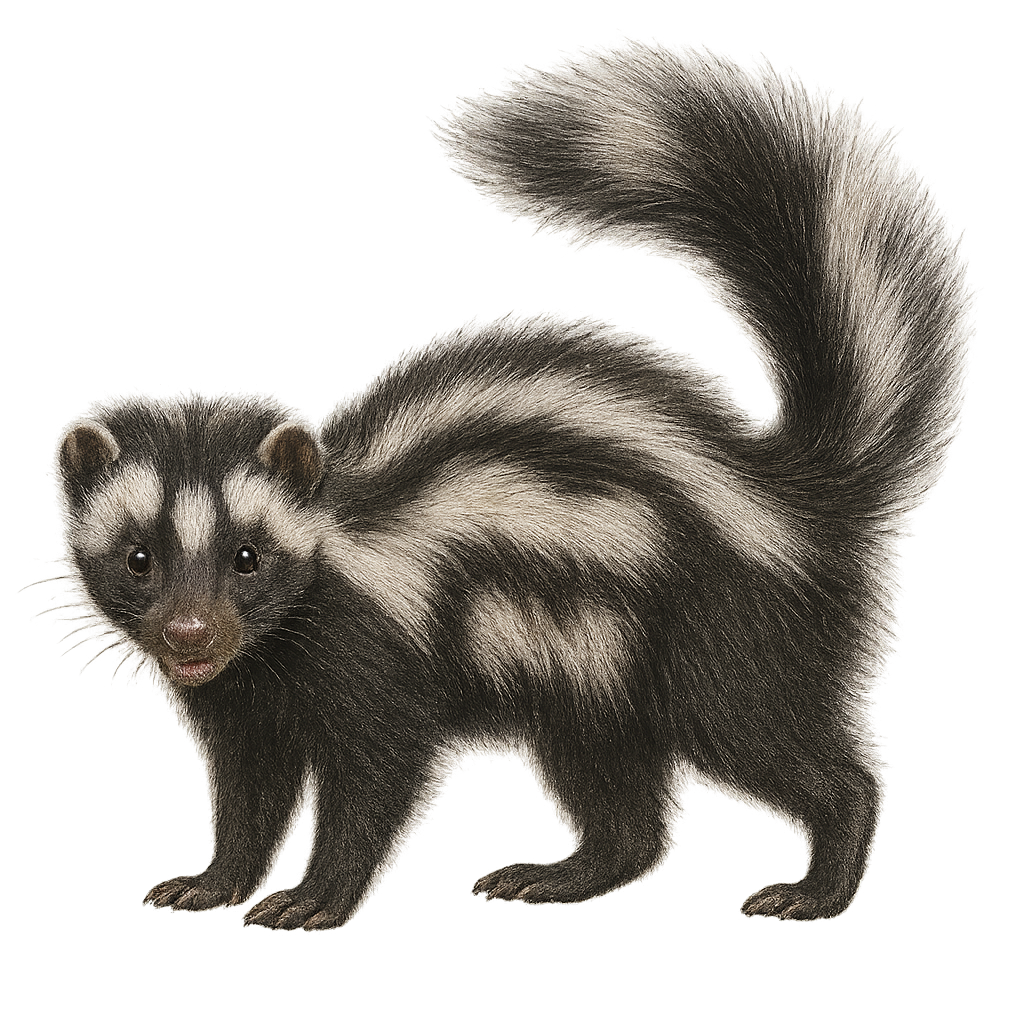Animal Species Profiles:
Mammals, Birds, Reptiles & More
Explore wildlife from around the world with the species profiles on WildlifePhotographer. Mammals, birds, reptiles… For each species, you’ll find key information such as habitat, observation periods, distribution, and photography tips. Want more details and advanced features? Download the full app for the complete experience.
Egyptian Vulture
Neophron percnopterus
The Egyptian Vulture, or Neophron percnopterus, is a small vulture from the Accipitridae family. It is easily recognizable by its white plumage contrasted with black flight feathers and its bare yellow face. This scavenging raptor is often seen soaring in search of carcasses. It sometimes uses tools, like stones, to break ostrich eggs, showcasing its intelligence. It frequents open habitats such as steppes, deserts, and mountains, often nesting on cliffs. Although it is a migratory bird, some populations are sedentary. Unfortunately, this vulture is threatened by habitat loss and accidental poisoning.
Eurasian greenfinch
Chloris chloris
The Eurasian greenfinch is a small passerine bird found primarily in gardens, hedgerows, and open woodlands across Europe, Asia, and North Africa. It is distinguished by its bright green and yellow plumage, as well as its distinctive song. This small bird primarily feeds on seeds, which it finds in grasses, bushes, or on the ground. It is also known for its ability to emit powerful and clear sounds, often heard during its breeding season.
Vicuna
Vicugna vicugna
The Vicuna is a wild camelid native to the high plateaus of the Andes in South America. This small animal with silky, lightweight fur is closely related to the llama and alpaca, but unlike these, the vicuna is a wild animal. It lives in the mountainous regions of Argentina, Chile, Bolivia, and Peru, at high altitudes, often above 3,000 meters. The vicuna primarily feeds on herbaceous vegetation, especially alpine grasses. Its wool, soft and fine, is highly sought after, but it is protected by strict regulations. It is a timid animal, living in small groups and often moving over great distances in search of food.
Horned Viper
Vipera ammodytes
The horned viper, scientifically known as Vipera ammodytes, is a venomous snake found primarily in the Balkans and parts of Southeast Europe. It is distinguished by its triangular head and the unique horn-like structure on its snout. Its coloration ranges from gray to brown, with zigzag patterns along its back, providing excellent camouflage in its natural rocky and dry habitats. This species is typically found at altitudes from 0 to 2000 meters. Although its venom can be dangerous to humans, bites are rare and usually occur only when the snake feels threatened.
Asp viper
Vipera aspis
The Asp Viper is a venomous snake species found primarily in rocky areas, meadows, and forests of Southern Europe, notably in France, Spain, Italy, and Switzerland. It typically measures between 60 and 80 cm in length, although some individuals can reach up to 1 meter. Its color ranges from gray to brown, with a zigzag pattern on its back and a distinct triangular head. The Asp Viper primarily feeds on small mammals, lizards, and birds. While venomous, its poison is generally harmless to humans, though bites do require medical attention. It is a protected species in many regions but is threatened by habitat loss and human persecution.
Gaboon viper
Bitis gabonica
The Gaboon viper, Bitis gabonica, is a venomous snake known for its impressive size and striking appearance. It can grow up to two meters long and is renowned for its intricate color patterns that allow it to blend seamlessly into the leaf litter of its forest habitat. Its fangs are among the longest of any venomous snake, and its venom can be deadly to humans. Primarily nocturnal, it preys on small mammals, birds, and occasionally reptiles. Although feared, it is generally not aggressive and prefers to avoid confrontation. Its presence is an indicator of healthy African forest ecosystems.
Common European Adder
Vipera berus
The Common European Adder is a medium-sized venomous snake, typically measuring between 60 and 90 cm in length. It exhibits variable coloration, ranging from brown to gray, with a darker zigzag dorsal stripe. Melanistic individuals are entirely black. This species is widely distributed across Europe and Asia, from the United Kingdom to the Pacific coast of Russia, and up to the Arctic Circle. It inhabits various environments, including forests, heathlands, meadows, and wetlands. The adder is diurnal and feeds primarily on small mammals, amphibians, lizards, and birds. It is ovoviviparous, giving birth to 3 to 20 live young in late summer or early autumn. Although its venom can be dangerous, bites are rare and seldom fatal. Listed as Least Concern by the IUCN, it is protected in several European countries.
American Mink
Neovison vison
The American mink, Neovison vison, is a small carnivorous mammal belonging to the Mustelidae family. Native to North America, it has been introduced to various parts of the world for the fur industry. This mustelid is recognizable by its dense, glossy fur, typically dark brown, and its slender silhouette. It measures between 30 and 45 cm, excluding its tail, which can reach 25 cm. The mink is an excellent swimmer and is often found near water bodies like rivers, lakes, and marshes. It primarily feeds on fish, small mammals, birds, and amphibians. Although solitary and territorial, it may occasionally share its territory with other minks.
European Mink
Mustela lutreola
The European Mink is a small carnivorous mammal primarily found in wetlands, rivers, and marshes of Eastern Europe, notably in Russia, Ukraine, Poland, and Hungary. It typically measures between 45 and 55 cm in length, with a tail of about 15 to 20 cm, and weighs between 700 g and 1 kg. Its fur is generally dark brown on the back and lighter on the belly, with a distinctive black band running across its face. The European Mink is an excellent swimmer and fisher, primarily feeding on fish, crustaceans, and small mammals. Unfortunately, it is critically endangered due to habitat loss, water pollution, and competition with the American Mink, an invasive species. Its population has significantly declined, and it is now classified as an endangered species.
Brush-tailed Rock-wallaby
Petrogale penicillata
The Petrogale penicillata, commonly known as the brush-tailed rock-wallaby, is a medium-sized marsupial distinguished by its long, bushy tail resembling a brush. Native to Australia, it primarily inhabits rocky and rugged regions where it can move with agility thanks to its powerful legs and sharp claws. Its fur is generally gray-brown with lighter shades on the belly, allowing it to blend into its surroundings. This wallaby is mainly nocturnal, resting in crevices during the day. Unfortunately, it is threatened by habitat loss and predation by introduced species.
Bennett's wallaby
Macropus eugenii
The Bennett's wallaby is a small herbivorous marsupial, 70–100 cm long and 7–20 kg, with pale grey-brown fur. It inhabits open woodlands, grasslands and scrub in southeastern Australia and Tasmania, feeding on grasses and young shoots. During the breeding season (January 1 to March 31), males establish territories and perform bipedal hopping displays to attract females.
Wapiti
Cervus canadensis
The Elk is a large cervid primarily found in North America, in forests, grasslands, and mountains, notably in Canada and the United States. It typically measures between 1.5 and 2 meters in height at the shoulder and can weigh between 300 and 500 kg. The Elk is easily recognizable by its large antlers, which can reach up to 1.2 meters in width. Its coat varies from light brown to dark brown, with a lighter area around the neck. It primarily feeds on grasses, leaves, and bark, and is especially active during the fall, during the rutting season. While the Elk population is relatively stable, some subpopulations are threatened by habitat loss and disease.
Common Wombat
Vombatus ursinus
The Common Wombat is a terrestrial marsupial found primarily in Australia, notably in temperate forests and grasslands. It typically measures between 1 and 1.2 meters in length and weighs between 20 and 35 kg. Its fur is generally thick, ranging from brown to gray, and it has a broad head and a short tail. The Common Wombat is herbivorous, feeding primarily on roots, bark, and herbaceous plants. It is nocturnal and spends most of the day in burrows that it digs itself. While its population remains relatively stable, it is sometimes threatened by habitat loss due to urbanization and changes in agriculture.
Wild Yak
Bos mutus
The Wild Yak is a large species of cattle native to the mountains of the Himalayas, Tibet, and the high plateaus of Central Asia. It typically measures about 2 to 3 meters in length and weighs between 400 and 1,000 kg. Its coat is long, thick, and woolly, ranging from black to brown, which helps it survive in extreme cold conditions. The Wild Yak is primarily herbivorous, feeding on grasses, lichens, and woody plants. It lives in herds in mountainous environments at high altitudes, often above 3,000 meters. While it is a protected species in some areas, the Wild Yak is threatened by illegal hunting and habitat loss due to urbanization and excessive grazing.
Grevy’s Zebra
Equus grevyi
The Grevy's Zebra is a species of zebra found primarily in the savannas and grasslands of East Africa, notably in Ethiopia and Kenya. It typically measures about 2.5 meters in length, with a shoulder height of 1.5 to 1.6 meters, and weighs between 350 and 450 kg. Its coat is characterized by narrow and tightly spaced stripes, which are generally finer than those of other zebras. It has a longer and narrower head compared to other zebra species, with long, pointed ears. The Grevy's Zebra primarily feeds on grasses and vegetation, and lives in complex social groups, often led by a dominant mare. Although its population is declining due to habitat loss and poaching, it is protected by conservation programs in some areas.
Mountain zebra
Equus zebra
The mountain zebra (Equus zebra) is a sturdy equid standing 1.2–1.4 m at the shoulder and weighing 200–350 kg, characterized by bold black and white stripes that broaden across the torso and narrow on the legs, with a pale rump patch. Endemic to southern Africa’s mountainous regions, it inhabits montane grasslands, rocky steppes and steep slopes, grazing on short grasses and low shrubs. It is social, forming family herds of a stallion, several mares and their offspring, which the stallion defends. Breeding occurs year-round, with births peaking from November to April, aligning with the rainy season to maximize foal survival.
Plains Zebra
Equus quagga
The Plains Zebra is one of the most common zebra species, primarily found in the grasslands and savannas of East and Southern Africa, notably in Kenya, Tanzania, South Africa, and Botswana. It typically measures between 2.3 and 2.5 meters in length and weighs between 300 and 400 kg. Its coat consists of black and white stripes that cover its entire body, with each individual having a unique stripe pattern. The Plains Zebra primarily feeds on grasses and vegetation, and lives in large social groups often led by a dominant male. While its population remains relatively stable, it is sometimes threatened by habitat loss, human-wildlife conflict, and diseases transmitted by livestock.
Striped Polecat
Ictonyx striatus
The striped polecat, scientifically known as Ictonyx striatus, is a small carnivorous mammal belonging to the Mustelidae family. It is easily recognizable by its distinctive black and white fur, with white stripes running along its back. This nocturnal predator is primarily active at night, using its keen sense of smell to hunt small rodents, birds, and insects. The striped polecat is equipped with powerful anal glands that emit a foul odor to deter predators. It primarily inhabits savannas, grasslands, and wooded areas of sub-Saharan Africa. Although its appearance may resemble that of a skunk, it is not directly related to it.


